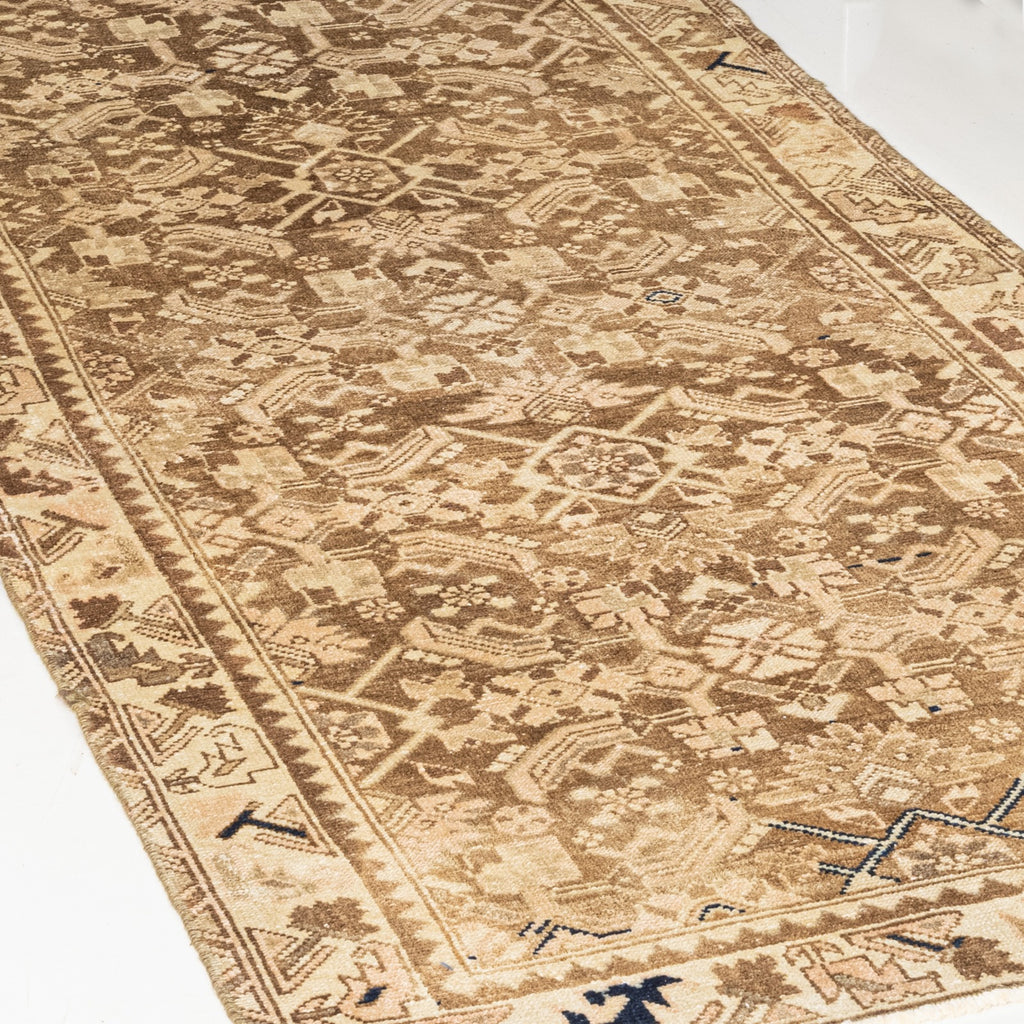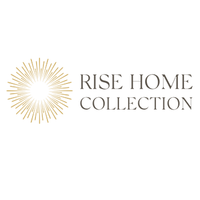
Picture this: you’re sipping on your iced latte and scrolling Instagram when you stumble across a rug that would be SO perfect for your living room/ bedroom/ kitchen. You look more closely and realise that it’s vintage. You know absolutely nothing about vintage rugs. You know you want the rug but have no idea where to start in making sure that you are getting a good deal.
There’s no doubt that the vintage rug world can seem confusing and shrouded in mystery when you first dip your toe in the water. So here are our top buying tips that will transform you from a nervous novice into an excited and confident new rug owner!

- Check the rug for authenticity
There are some simple tactics that you can deploy to check if a rug really is the handmade vintage or antique masterpiece that it is being marketed as. First, turn the rug over and look at the back of the rug. If a rug is handmade, the pattern on the back of the rug should closely mirror the pattern on the front. If the rug has a plastic, canvas or synthetic backing, it is a machine-made rug. Any online rug seller that is selling an authentic rug should be happy to provide you with an image of the back of the rug so that you can see it for yourself.
Second, study the fringe of the rug. If the fringe has been stuck or sewn on, the rug is a machine-made rug. The fringe of a handmade rug should be an integral, seamless part of the rug that is formed from a part of the rug’s foundation called the “warp”.
Third, check the rug’s pattern for uniformity. Any authentic vintage or antique rug will have been made by hand, so it follows that it will contain some human error. If you can see some imperfections in the motifs and design then it’s a good sign that the rug is authentic.

- Check the condition
A rug’s condition is in important factor in assessing whether the price is fair. It is also an important part in assessing whether a rug is as old as the seller is telling you.
First, look at the colour. If a rug’s colours are not uniform and are stronger in some places than others or seem to “fade” in a certain part of the rug, it will likely mean that the rug was made using natural plant and vegetable dyes. Modern, synthetic dyes were either not available or scarce when rugs that are 50+ years old were made. The rug makers would therefore use readily available local produce to dye the wool for their rugs: madder roots for red, onion skins for brown and so on. Making the dye was not an exact science and only a certain amount of wool could be dyed with each batch of dye. As a result, a single rug would be made using wool from a number of different batches of dye. Even if the wool from the different batches looked the same colour at the time the rug was made, over time and as the rug oxidises, colour variations will become apparent. So, in short, colour variation is a sign that your rug is the real deal.
Second, look at the wear on the rug. If it looks very distressed all over, there’s a high chance that its natural appearance has been altered with strong chemicals and other techniques. Vintage and antique rugs were built to last and generally stand the test of time extremely well and with minimal wear. If a rug looks very faded or distressed, it has probably been made to look older than it is through a process called “antique washing”. Wear in certain patches rather than all over is generally a better sign, as it indicates that the wear was caused by foot traffic rather than artificial processes.
Never be afraid to ask the seller if the rug has been antique washed.

- Art for the fifth wall
When buying a rug, the best approach you can take is to treat the rug like a piece of art. Vintage and antique rugs are very much handmade masterpieces. Their motifs and colours carry specific meaning and every rug is the unique artistic expression of the female (or females) that made it. With that in mind, consider: how the rug makes you feel when you look at it; whether the colours resonate with you and match with the room; whether it is the right size for the space. Make sure you measure your space carefully and decide the maximum and minimum size of rug you could live with. Much like art work, vintage and antique rugs do not come in standard sizes, so you’ll need to be a bit flexible.
Did you know that we offer a free Pantone colour matching service for all our rugs? We analyse each rug in person with our trusty Pantone cards to help you understand the colours better. Just get in touch for more information!

